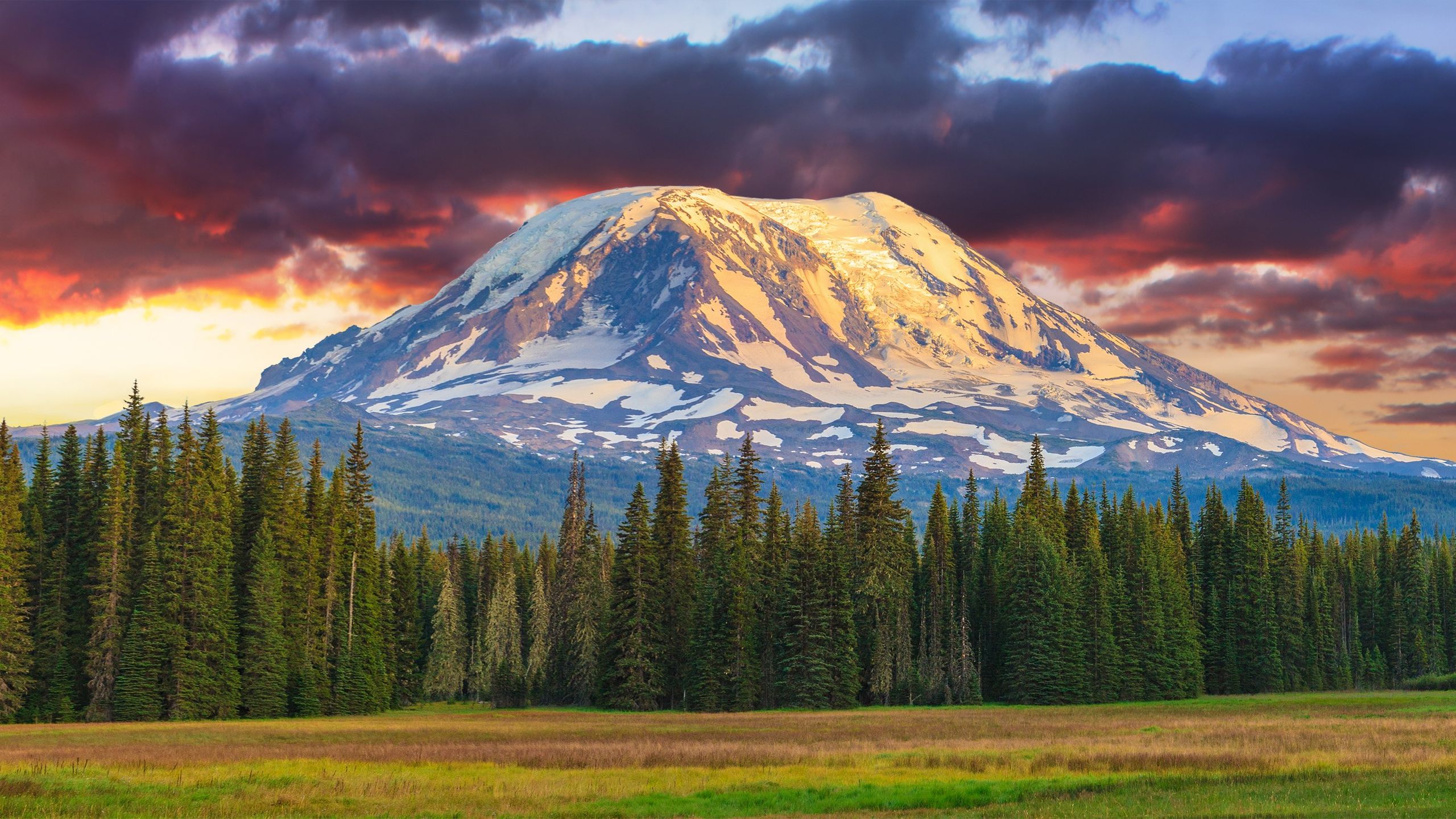By
Scientists are installing multiple temporary seismic monitoring stations to get a better understanding of the sharp increase in earthquakes recorded at Mount Adams.
Scientists are trying to establish what caused an unusual spike in earthquakes at the Mount Adams volcano in Washington state by installing multiple temporary seismic monitoring stations at the site.
In September, six small earthquakes were recorded at the “high threat” volcano. Normally, it only experiences one earthquake every two to three years, according to the U.S. Geological Survey (USGS) Cascades Volcano Observatory (CVO).
“We are now working to gather more data to assess if this is really something unusual or just a volcano talking to us a bit more than it normally does,” Jon Major, the CVO scientist-in-charge, told Live Science in an email.
“Our volcanoes chatter all the time,” he said, adding that the nearby Mount St. Helens and Mount Rainier often experience 10 to 20 earthquakes per month. “Some volcanoes, like St. Helens, Rainier, and Mount Hood undergo episodes of increased earthquake frequency where we see bursts of many earthquakes, which may last for days to weeks,” he said. “That is all part and parcel of background activity at our Cascades volcanoes. So what we are seeing at Mount Adams is very far from unusual for the Cascades — but different for Mount Adams.”
At 12,277 feet (3,742 meters) high and 18 miles (29 kilometers) wide, Mount Adams is the largest active volcano in Washington, surpassing Mount Rainier — the state’s highest peak — by volume.
The increase in earthquake activity, including another magnitude 0.9 quake on Sunday (Oct. 6), does not indicate an eruption will take place. The earthquakes were very small, ranging from magnitudes 0.9 to 2. “Had one been standing at or near Mount Adams one would not have felt these earthquakes,” Major said. The volcano last erupted around 4,000 years ago, but this relatively long period doesn’t mean that an eruption is due, he added. “Every volcano has its own personality and they do not erupt on any particular cycles,” he said. “Some may erupt and then be active intermittently for decades or centuries, then go back to a state of dormancy for centuries to millennia.”
Mount Adams generally produces effusive eruptions, characterized by slow-moving lava flows rather than destructive, explosive eruptions. The summit has a big section of unstable and weakened rock. If an eruption were to occur, the main danger would come from lahars, or muddy flows of rock, ash and ice “that surge downstream like rapidly flowing concrete,” USGS representative wrote in a statement.
Major said that generally “volcanoes will broadcast pretty loudly” if they are building toward an eruption, triggering lots of earthquakes that increase in size and frequency. The recent mild earthquake flurry doesn’t fit that pattern…
READ FULL ARTICLE HERE…(livescience.com)
Home | Caravan to Midnight (zutalk.com)






